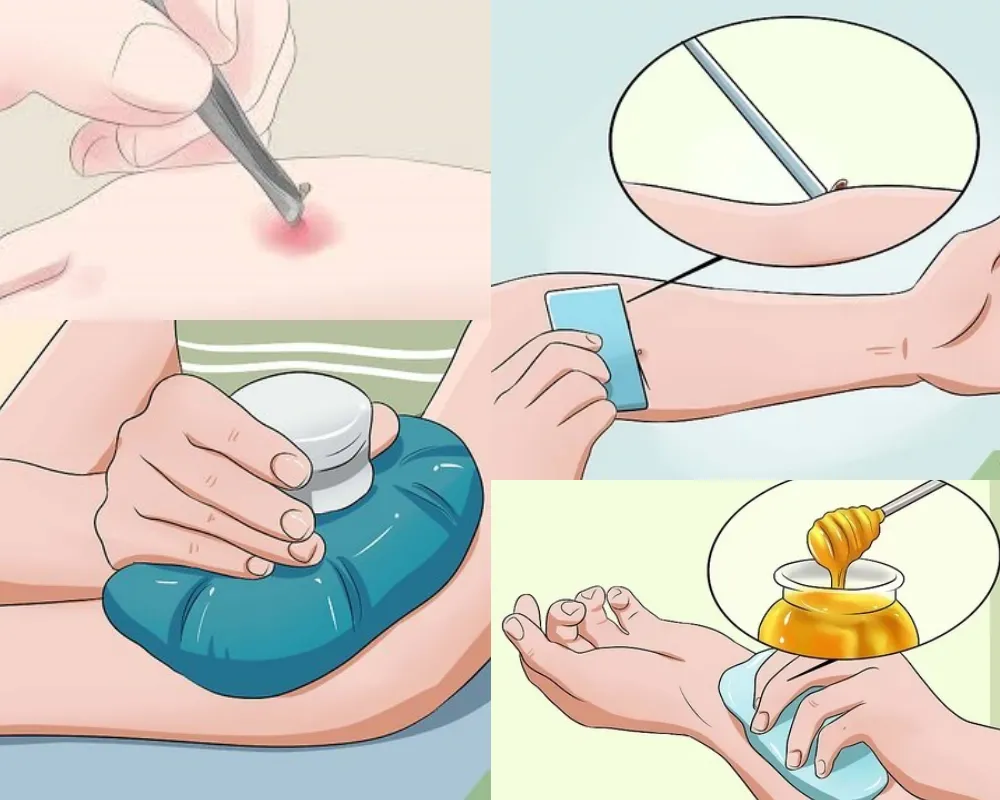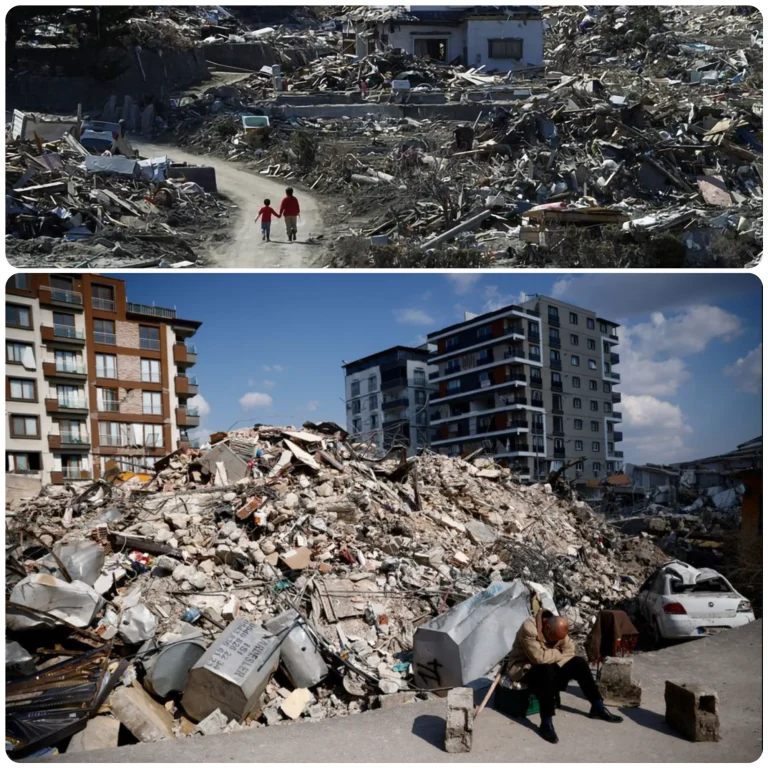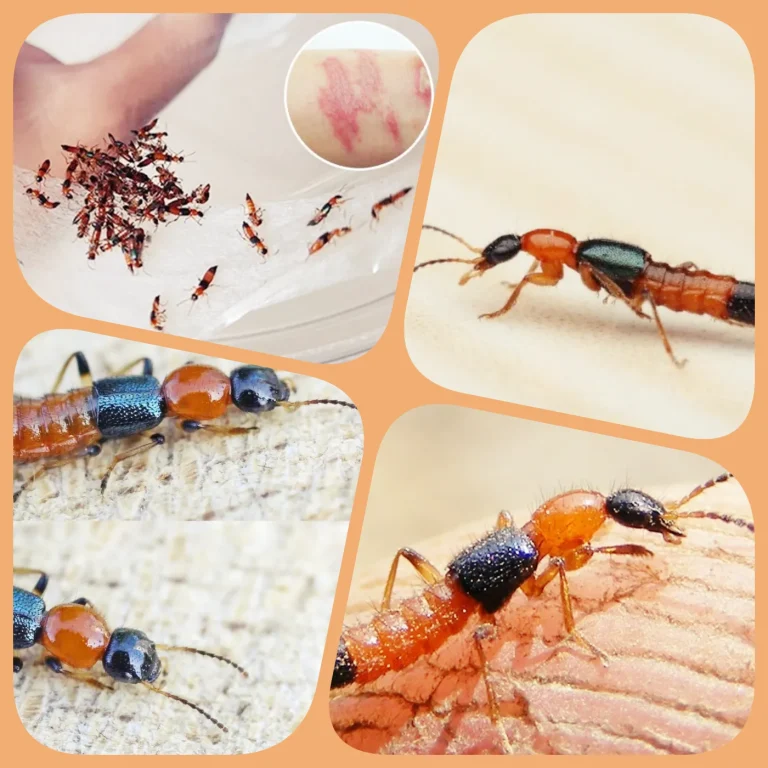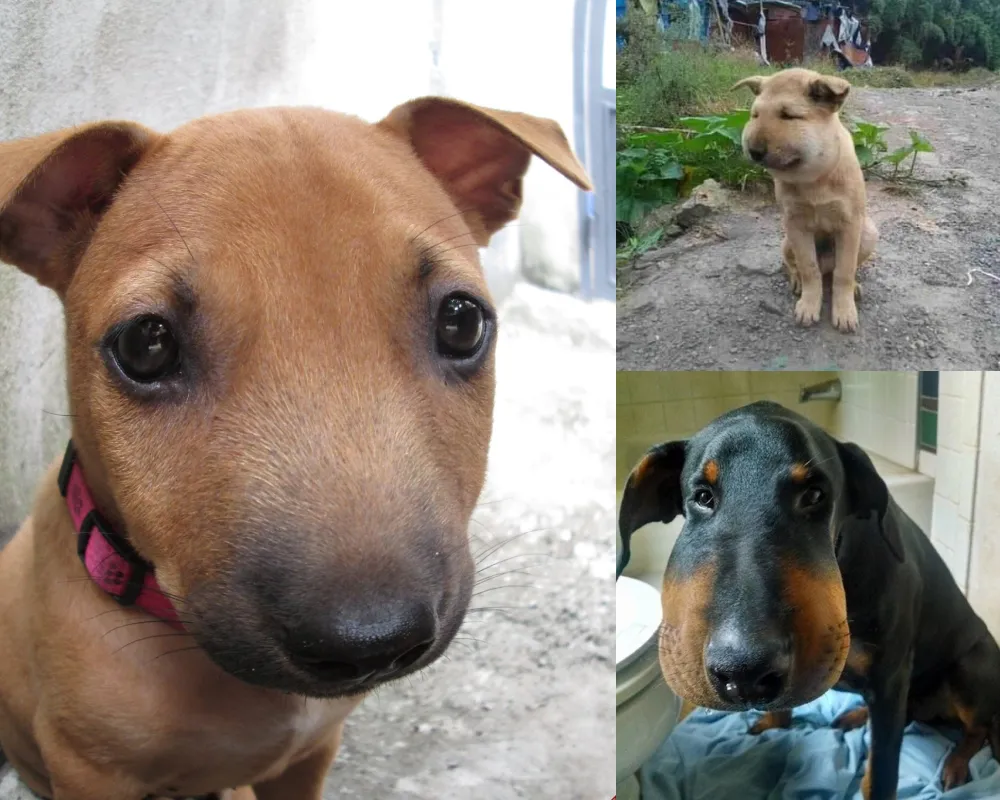
When participating in outdoor activities such as exploring the forest, picnicking, cleaning the house, or clearing bushes, the risk of being stung by a bee can occur. Although being stung by a bee is not a rare accident, if not handled properly, the victim can fall into a serious dangerous situation. Let’s learn about the risks and how to handle a bee sting to protect the health of you and your loved ones.
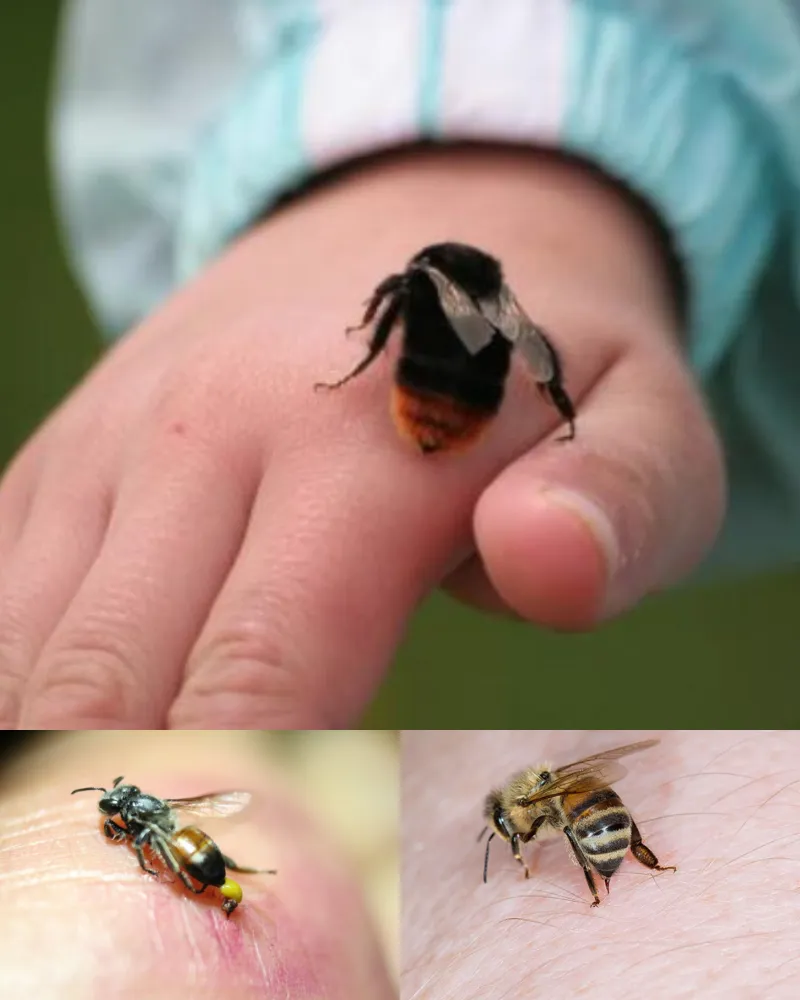
Risks of Bee Stings
1. Effects of Bee Venom
Bee venom contains many different toxins, depending on the species of bee, including:
- Melittin: Causes pain, hemolysis, and destroys cell membranes.
- Phospholipase A2 enzyme: Dissolves red blood cells.
- Peptides: Cause the release of histamine, which can cause allergies and anaphylactic shock.
- Hyaluronidase enzyme: Breaks down hyaluronic acid, helping the venom spread.
- Apamine: Toxic to nerves and spinal cord.
- Histamine, Serotonin, Catecholamine, Kinin: Causes pain, inflammation and promotes antigen absorption.
2. Degree of Damage
Depending on the number of stings and the species of bee, damage can range from mild to severe:
- Mild Damage: The sting is slightly swollen, red and itchy. Usually resolves after a few hours to a few days.
- Severe Damage: Facial swelling, red rash, difficulty breathing, respiratory failure, hypotension, anaphylactic shock, kidney damage. Children and the elderly are at higher risk.
First Aid Instructions for Bee Stings
1. Immediate First Aid
- Shortening From Dangerous Area: Move the victim away from the sting area.
- Removing Bee Stingers: Use tweezers to gently remove the stinger from the skin, avoid using your hands to pick or rub as this may cause the venom to continue to penetrate.
- Wash the Sting: Wash the sting with soap or clean water to remove the venom.
- Cold Compress: Apply a cold towel or ice pack to the stung area to reduce swelling and pain.
- Drink Plenty of Water: Helps eliminate toxins from the body.

2. Timely Treatment
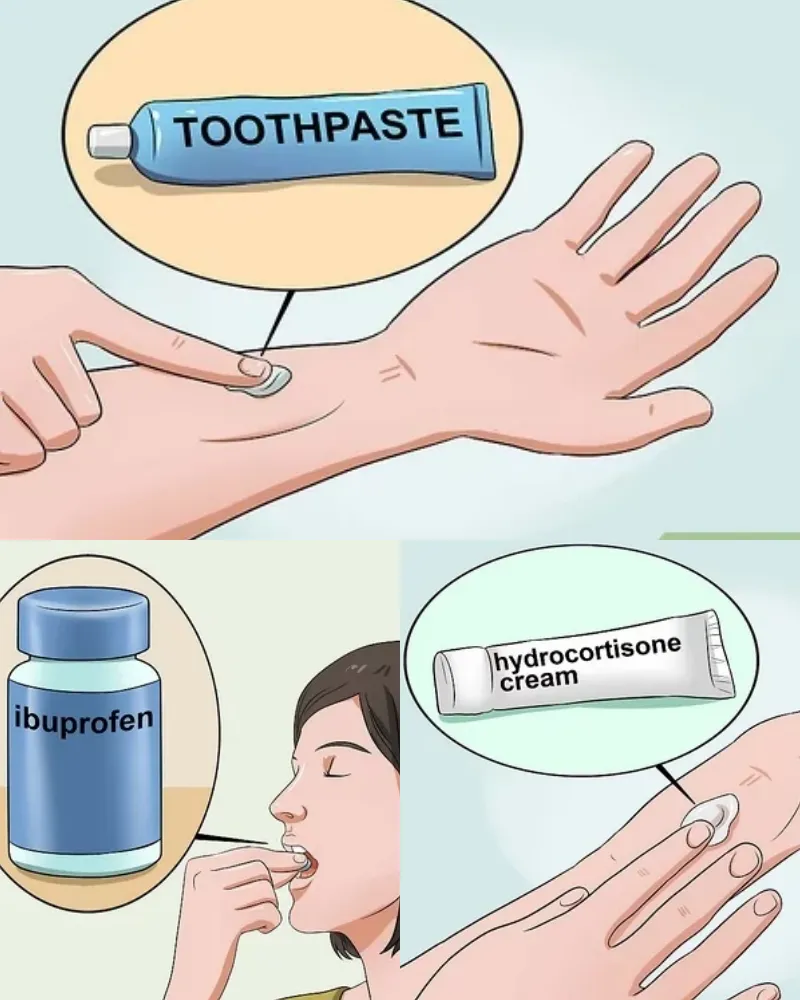
– Do Not Use Unprescribed Medication: Avoid using folk remedies or drugs of unknown origin.
– Emergency at a Medical Facility: If there are signs of anaphylactic shock or severe symptoms, take the victim to the hospital immediately. At a medical facility, the victim can be treated with antihistamines and corticosteroids as prescribed by a doctor.
– Cases that require immediate emergency care
- Multiple Sting Locations: Especially on the head, face, neck.
- Highly Venomous Bees: Such as wasps, hornets.
- Severe Symptoms: Difficulty breathing, severe pain, facial swelling, diarrhea, nausea, cramps.
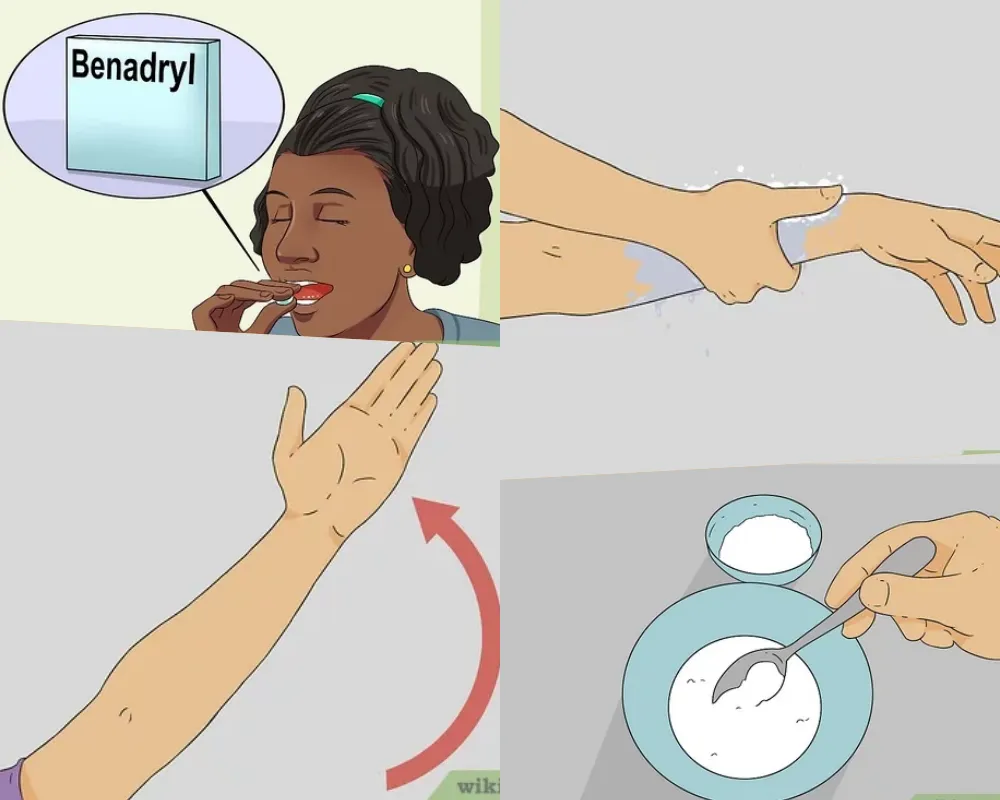
Preventing Bee Stings
1. Stay Away From Bee Areas
- Do Not Disturb Bee Nests: Keep your distance and do not touch the nest.
- Do Not Go Into Wooded Areas At Night: It is easy to bump into a nest and difficult to provide first aid.
2. Personal Protection
- Wear Protective Clothing: When working near a beehive or when entering the forest.
- Clean Up Your Surroundings: Make sure the area around your home is clean to avoid attracting bees.
Prompt and proper treatment of bee stings can minimize the risk and damage. Knowing how to provide first aid and prevention is important to protect your personal and family health. If you encounter a serious situation, do not hesitate to seek help from medical facilities.
